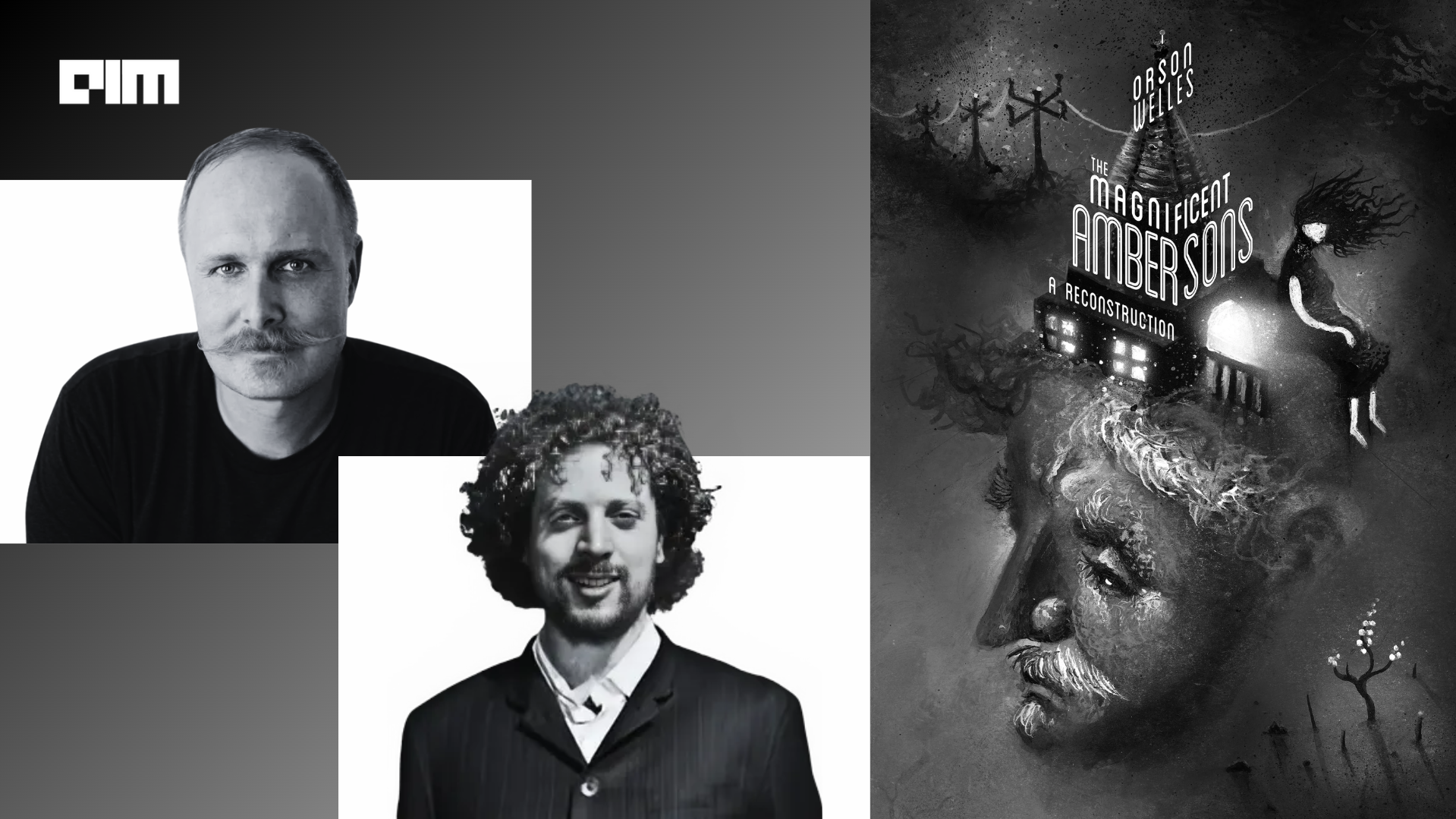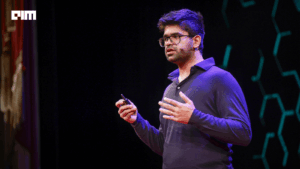A startup backed by Amazon is turning heads with a daring project of recreating the lost 43 minutes of Orson Welles’ 1942 classic, The Magnificent Ambersons. Fable, co-founded in January 2018 by Edward Saatchi and Pete Billington, is often described as the “Netflix of AI.” It built its reputation by letting users spin up their own animated stories and even making headlines with unauthorized South Park episodes, but venturing into one of cinema’s most revered lost films pushes the boundaries of technology and art.
While the project is being hailed by some as an innovative fusion of technology and cinema, others view it as a controversial and ethically questionable effort that risks overshadowing the original artistic vision of one of film’s greatest directors.
The Ambitious Project
Fable’s initiative, undertaken through its Showrunner platform, aims to digitally recreate the missing footage from Welles’ film, which was heavily edited and partially destroyed by RKO Pictures during its original release.
The reconstruction relies on FILM-1, Fable’s proprietary narrative AI model, designed to generate long-form, coherent cinematic sequences. The process begins with archival resources, production notes, surviving still photographs, blueprints of sets, and continuity scripts. These fragments provide a structural guide. Contemporary actors are then filmed performing the lost scenes, with their faces digitally remapped to resemble Joseph Cotten, Dolores Costello, and Agnes Moorehead. Lighting, staging, and camera movements are programmed to mirror Welles’ techniques, while AI stitching algorithms ensure the new footage integrates seamlessly with the surviving reels.
Filmmaker Brian Rose, who has long researched Welles’ original vision, acts as a creative anchor, helping interpret archival evidence and guide performances. Yet it is AI that drives the assembly, continuity, and stylistic mimicry, producing the illusion of footage that no longer exists.
For critics, this is where artistic integrity falters. Each generated sequence extends beyond what Welles left behind, shifting the emotional rhythms and visual language that defined his cinema. However closely the models mirror his style, what emerges is less Welles’ vision than a derivative echo shaped by algorithms and modern direction. No matter how convincingly Fable and Rose piece together a tracking shot or resurrect Cotten and Moorehead, the outcome belongs to them and their tools. The original cut of The Magnificent Ambersons that RKO destroyed over eighty years ago is permanently gone. Only the miraculous rediscovery of lost reels could restore Welles’ true vision.
The absence of rights to the original film remains a central problem. David Reeder, who oversees Welles’ estate, has voiced concern, emphasizing that no consultation took place. This creates a collision between technological ambition and artistic ownership.
Supporters argue that the experiment at least provides a window into what might have been. They frame AI as a preservation tool, capable of stitching together fragments into a living artifact, even if imperfect. For them, the alternative, allowing Ambersons to remain incomplete feels like abandoning a vital piece of cultural memory.
A Flashpoint for AI in Cinema
What makes Ambersons so significant is not only the film itself but the precedent it sets. AI has stepped beyond background assistance to claim authorship of legacy works. That shift forces a larger debate that who controls art once machines can convincingly reanimate the past?
If Fable succeeds, studios may be tempted to resurrect other unfinished projects or reimagine classics for new markets. Such experiments promise fresh experiences for audiences but also risk turning cultural heritage into a laboratory for algorithms and corporate strategy.
As this project develops, one thing remains clear that the footage Fable creates will never be Welles’ missing masterpiece. At best, it becomes an interpretive reconstruction, an AI-generated facsimile of something history erased. At worst, it indicates a future where technology rewrites art not to preserve it, but to claim it.










